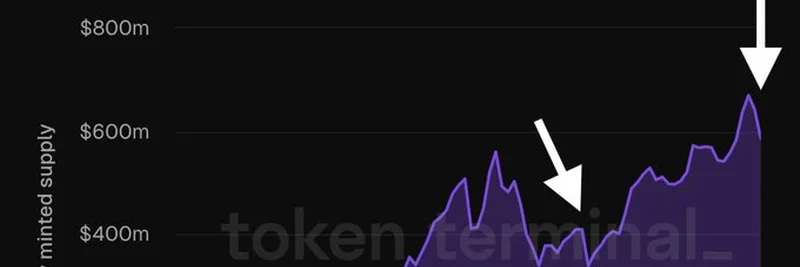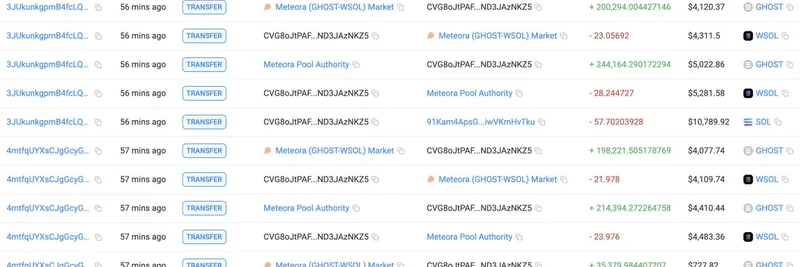If you’ve been keeping an eye on the crypto world, you might have noticed some exciting movement in the Polygon ecosystem. According to a recent tweet from Token Terminal, the natively minted USDC supply on Polygon has jumped by approximately 50% since the beginning of 2025. That’s a big deal, and it’s worth digging into what’s behind this surge and what it could mean for the future.
What’s USDC and Why Polygon?
Let’s break it down for those new to the space. USDC, or USD Coin, is a stablecoin pegged to the U.S. dollar, meaning its value stays steady at around $1. It’s widely used in decentralized finance (DeFi) for trading, lending, and more because it offers stability in the often-volatile crypto market. Polygon, on the other hand, is a layer-2 scaling solution for Ethereum, designed to make transactions faster and cheaper while still leveraging Ethereum’s security.
The “natively minted” part is key here. Unlike bridged USDC (which is transferred from Ethereum to Polygon via a bridge), natively minted USDC is created directly on the Polygon network. This process, powered by Circle’s Cross-Chain Transfer Protocol (CCTP), burns USDC on one chain and mints new USDC on another—think of it like a seamless teleportation for tokens. This native approach reduces fees and complexity, making it a favorite for users and developers alike.
The 50% Surge: What’s Happening?
The graph shared by Token Terminal shows the natively minted USDC supply climbing from around $400 million at the start of 2025 to over $600 million by mid-year. The upward trend, with a noticeable spike in recent months, suggests growing adoption. But what’s driving this boom?
One likely factor is the increasing popularity of Polygon’s ecosystem. With thousands of decentralized apps (dApps) running on Polygon, from gaming to DeFi platforms, the demand for a reliable stablecoin like USDC has soared. Since Polygon uses the ERC-20 standard (the same as Ethereum), integrating USDC into these apps is a breeze, attracting both developers and users. Plus, the launch of native USDC on Polygon in 2023 has paved the way for this growth, with adoption picking up steam in 2025.
Another possibility is the broader trend of stablecoin usage in crypto. As more people and businesses explore blockchain for payments and investments, stablecoins like USDC provide a safe haven. Polygon’s low-cost transactions make it an attractive home for this activity, especially compared to Ethereum’s higher gas fees.
What Does This Mean for the Future?
This 50% increase isn’t just a number—it’s a signal. For Polygon, it reinforces its position as a go-to blockchain for scalable, cost-effective solutions. For USDC holders, it means more opportunities to use their tokens in Polygon’s growing DeFi space. And for the crypto community at large, it highlights how native token minting and cross-chain tech are shaping the future of blockchain interoperability.
If you’re a blockchain practitioner or just a curious crypto enthusiast, keeping an eye on these trends can give you an edge. Tools like Token Terminal are goldmines for tracking such data, offering insights that can guide your next move—whether it’s investing, developing, or simply learning.
Final Thoughts
The natively minted USDC supply on Polygon hitting a 50% growth in 2025 is more than just a statistic—it’s a glimpse into the evolving world of crypto. As Polygon continues to scale and USDC cements its role, we might see even more exciting developments ahead. What do you think this surge means for the DeFi landscape? Drop your thoughts in the comments, and stay tuned to Meme Insider for the latest updates on meme tokens and blockchain trends!


